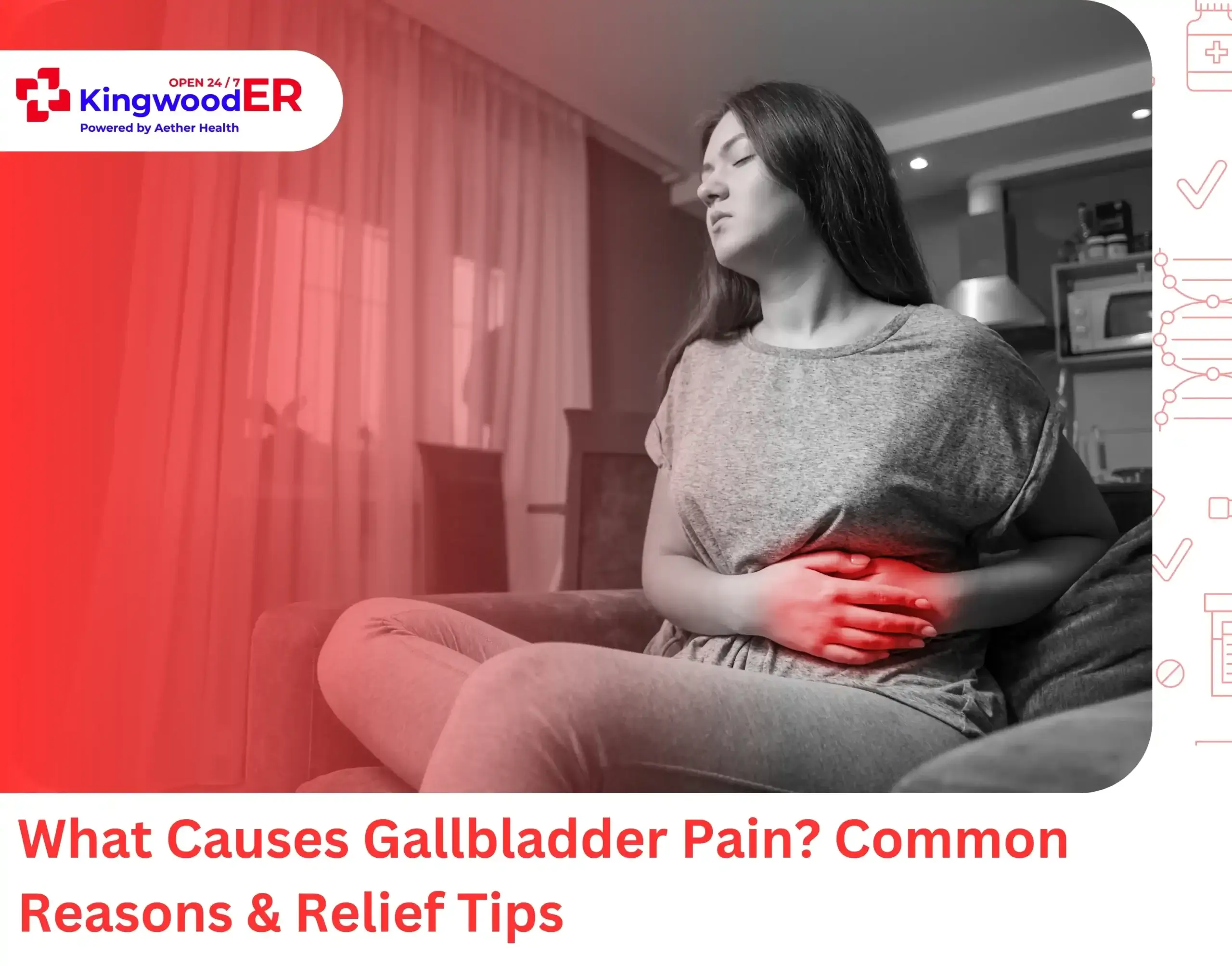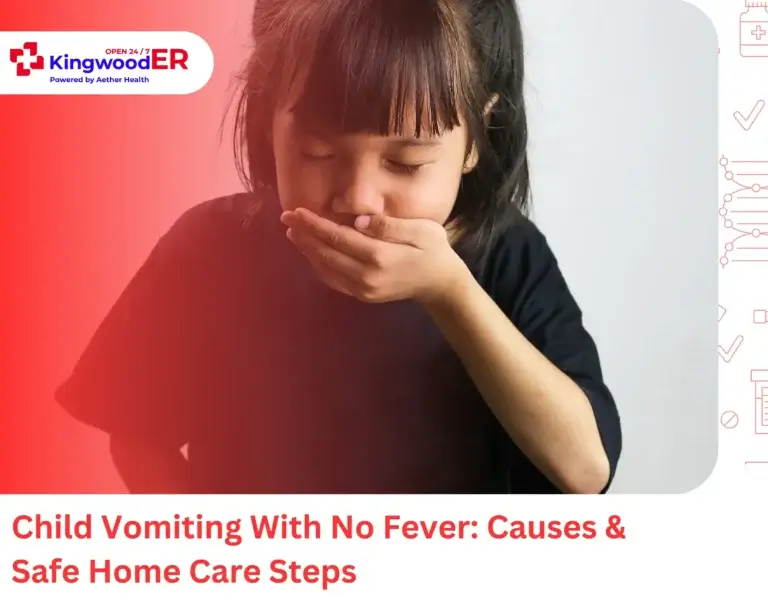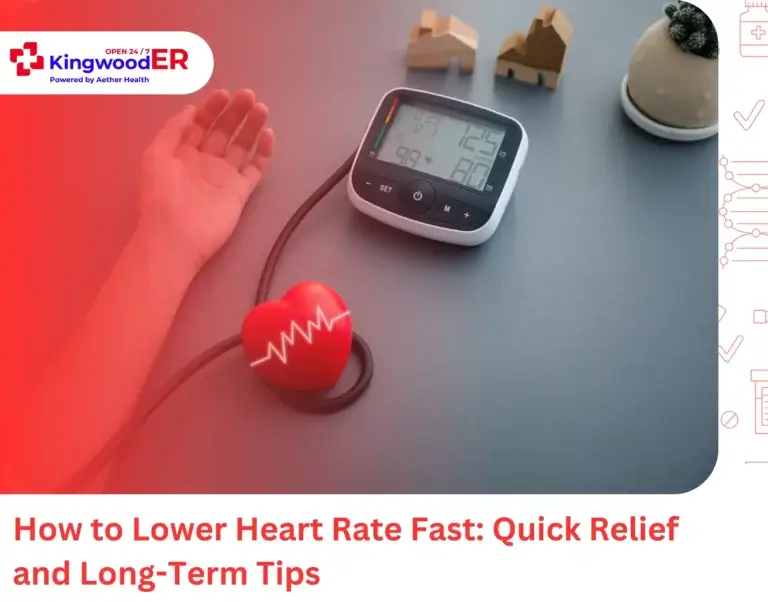The gallbladder is a small, pear-shaped organ located under the liver. Its primary role is to store and release bile; a digestive fluid that helps break down fats. When this process is disrupted due to stones, inflammation, or blockages, it can result in gallbladder pain.
Gallbladder pain may feel like a stabbing sensation, tight cramp, or a persistent ache, in the upper right abdomen. The pain often intensifies after eating fatty meals and can last anywhere from minutes to several hours.
Common Symptoms of Gallbladder Pain:
- Sudden, severe pain in the upper right abdomen
- Discomfort that radiates to the back, shoulder, or chest
- Nausea and vomiting
- Bloating, gas, or a feeling of fullness
- Indigestion, especially after eating fatty foods
- Fever and chills (in cases of infection)
What Causes Gallbladder Pain?
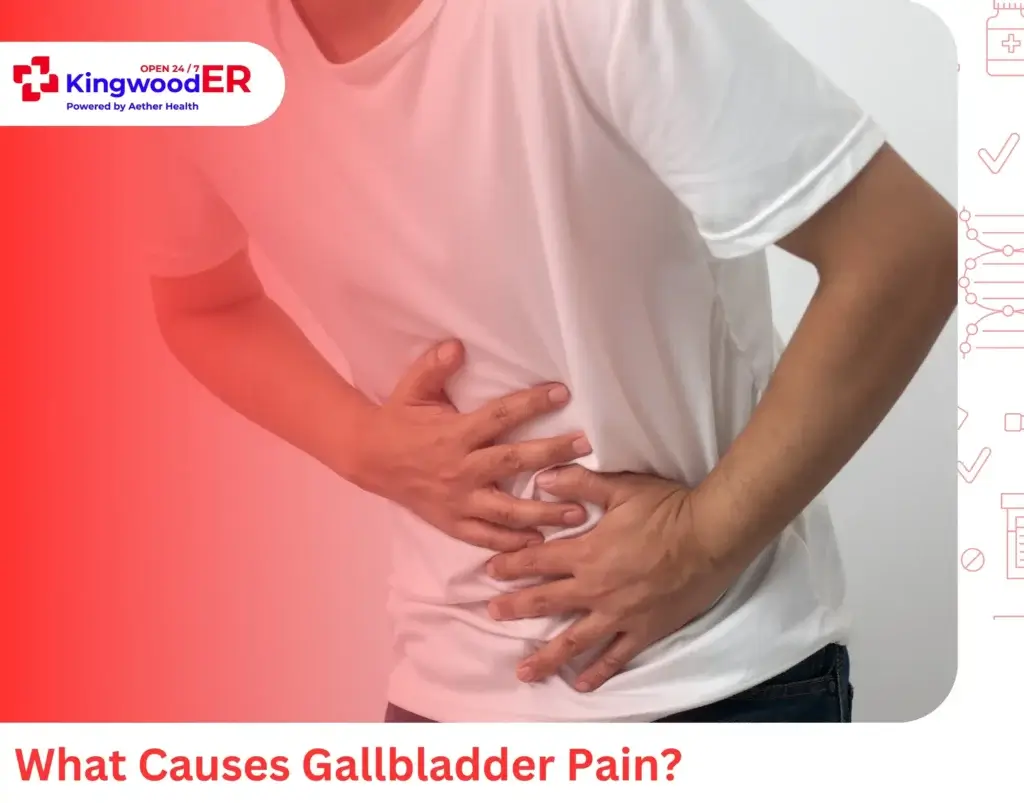
1. Gallstones (Cholelithiasis):
Gallstones are hardened deposits of cholesterol or bile salts that form in the gallbladder. They can block the bile ducts, leading to intense pain.
Relief Tip: A low-fat, high-fiber diet can help reduce the risk of gallstones. Staying hydrated and maintaining a healthy weight are also helpful. If stones are large or numerous, surgery may be necessary.
2. Gallbladder Inflammation (Cholecystitis):
Inflammation or infection caused by a blocked duct due to gallstones can lead to severe pain and fever. This condition develops when bile becomes trapped in the gallbladder, causing the organ walls to become swollen and irritated. The pain is typically constant and may worsen with movement or deep breathing.
Relief Tip: Immediate medical treatment is necessary. Antibiotics, pain management, and surgical removal of the gallbladder are often part of the treatment plan.
3. Biliary Dyskinesia:
This is a functional disorder where the gallbladder does not empty bile properly, even without stones.
Relief Tip: A HIDA scan can assess gallbladder function. If the ejection fraction is too low, surgery may be recommended.
4. Choledocholithiasis:
Occurs when gallstones migrate into the bile ducts, leading to obstruction and possible infection or jaundice. This condition is particularly dangerous because it can block the flow of bile from the liver, causing a backup that affects multiple organs.
Relief Tip: ERCP (Endoscopic Retrograde Cholangiopancreatography) is used to locate and remove the blockage.
5. Gallbladder Polyps or Tumors:
Although rare, these can cause pain and disrupt normal bile flow. Most gallbladder polyps are benign, but larger ones may indicate malignancy.
Relief Tip: Regular monitoring through imaging. If polyps are large or suspicious, removal may be necessary.
6. Sphincter of Oddi Dysfunction:
This condition occurs when the valve controlling bile and pancreatic juice flow malfunctions, creating pressure buildup that mimics gallbladder pain. The sphincter muscle either doesn’t relax properly or contracts inappropriately, causing bile to back up and trigger symptoms.
Relief Tip: Requires specialized testing and treatment with medications or procedures.
Risk Factors for Gallbladder Problems
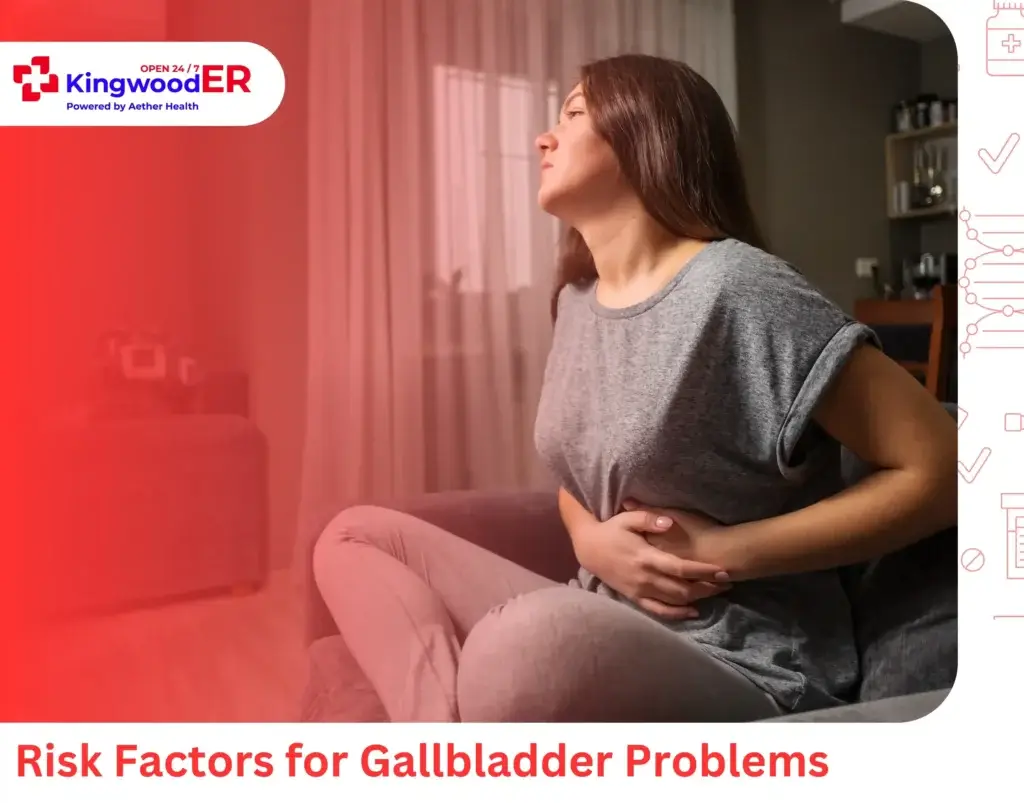
Several factors increase your likelihood of developing gallbladder problems, with some being controllable through lifestyle modifications:
- Dietary factors: High-fat, high-cholesterol diets, and rapid weight loss.
- Demographics: Women over 40, particularly those who are pregnant or have had multiple pregnancies.
- Health conditions: Obesity, diabetes, liver disease, and certain blood disorders.
- Lifestyle factors: Sedentary lifestyle, prolonged fasting, and crash dieting.
- Genetic predisposition: Family history of gallstones significantly increases risk.
Understanding these risk factors helps you make informed decisions about prevention and recognize when symptoms warrant medical attention.
Natural Relief and Prevention Tips for Gallbladder Pain
- Opt for smaller, more frequent meals
- Limit processed and fried foods
- Increase fiber intake
- Stay physically active
- Stay hydrated
- Avoid fasting or crash diets
When to Go to the ER for Gallbladder Pain
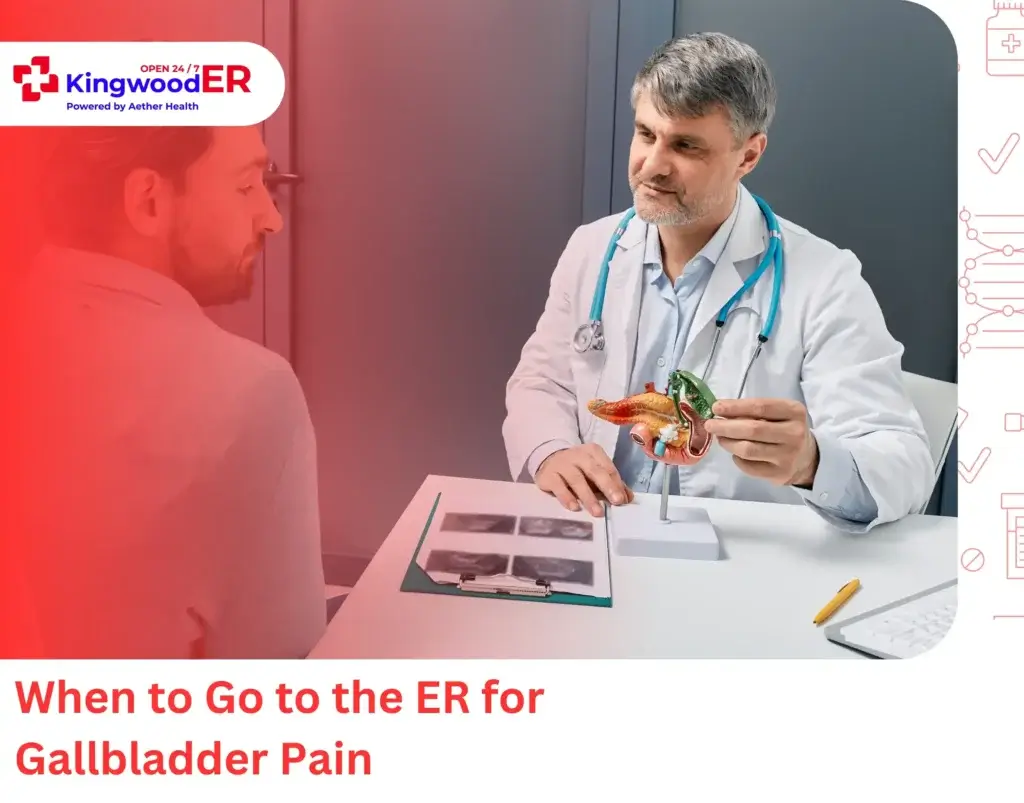
While some gallbladder discomfort may be manageable at home, certain symptoms require immediate emergency care. When to go to hospital for gallbladder attack becomes critical when you experience:
- Persistent upper abdominal pain lasting more than a few hours
- Fever, chills, or sweating accompanying abdominal pain
- Yellowing of the skin or eyes (jaundice)
- Severe nausea, vomiting, or signs of dehydration
- Pain so intense it prevents normal activities
- Unexplained weight loss
These symptoms may indicate serious complications like infection, bile duct obstruction, or inflammation that requires immediate medical intervention.
Final Thoughts
Gallbladder pain is a sign of potential digestive issues. Whether it’s gallstones, inflammation, or a functional disorder, recognizing symptoms and seeking early treatment is crucial. Healthy lifestyle choices and timely medical care can prevent complications and provide lasting relief.
FAQs: Gallbladder Pain
1. Can gallbladder pain go away on its own?
Sometimes mild pain may resolve, but ongoing or severe episodes usually need medical attention.
2. What foods should I avoid with gallbladder pain?
Fatty, fried, processed, and spicy foods are common triggers and should be minimized.
3. How is gallbladder pain diagnosed?
Diagnosis may include ultrasound, CT scan, blood tests, or advanced imaging like MRI or a HIDA scan.
4. Can I live without a gallbladder?
Yes. Many people live normal lives after gallbladder removal, with some needing to adjust their diets.
5. Is gallbladder pain always related to food?
Often it is, but not always. Infections, tumors, or bile duct issues can also cause gallbladder pain.
6. How long does a gallbladder attack last?
A gallbladder attack can last from 15 minutes to several hours, depending on severity and the underlying cause.
7. What doctor should I see for gallbladder issues?
Start with a primary care provider. You may be referred to a gastroenterologist or surgeon for further evaluation.

